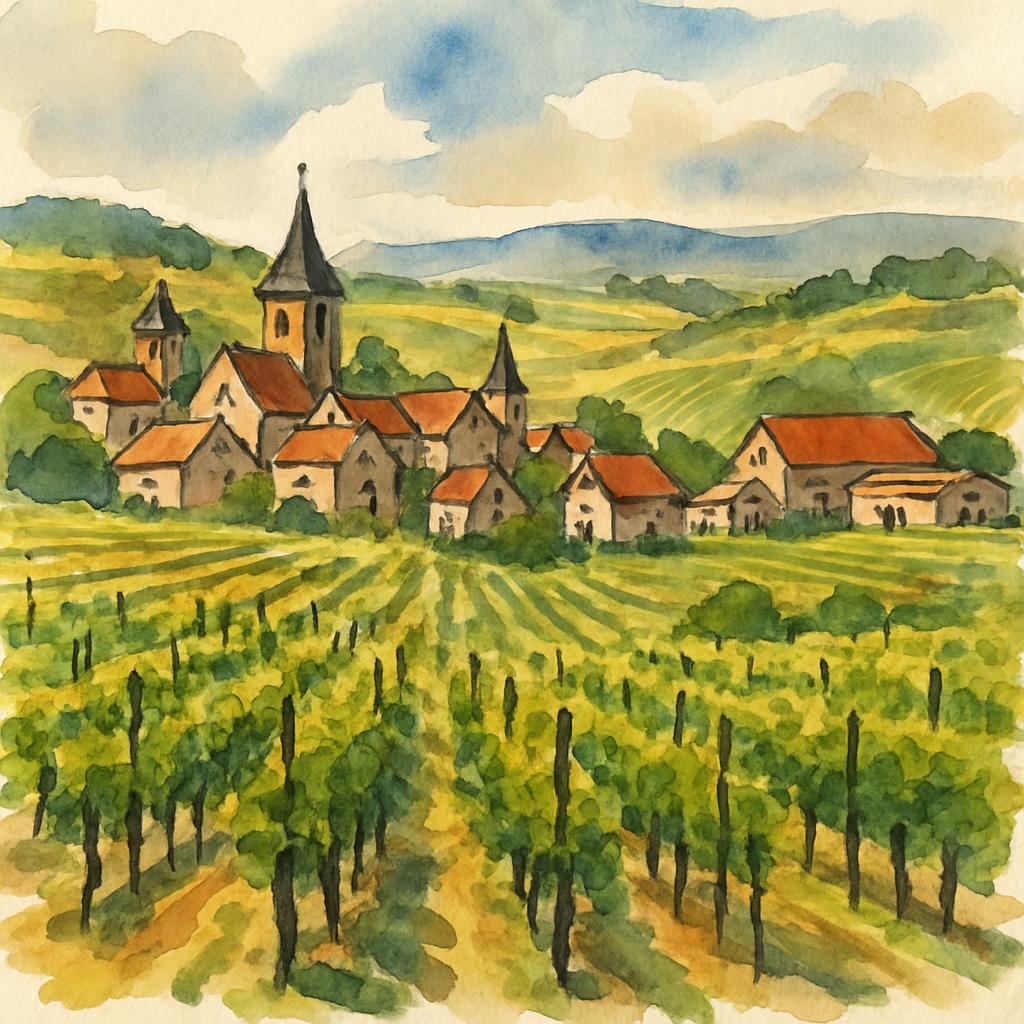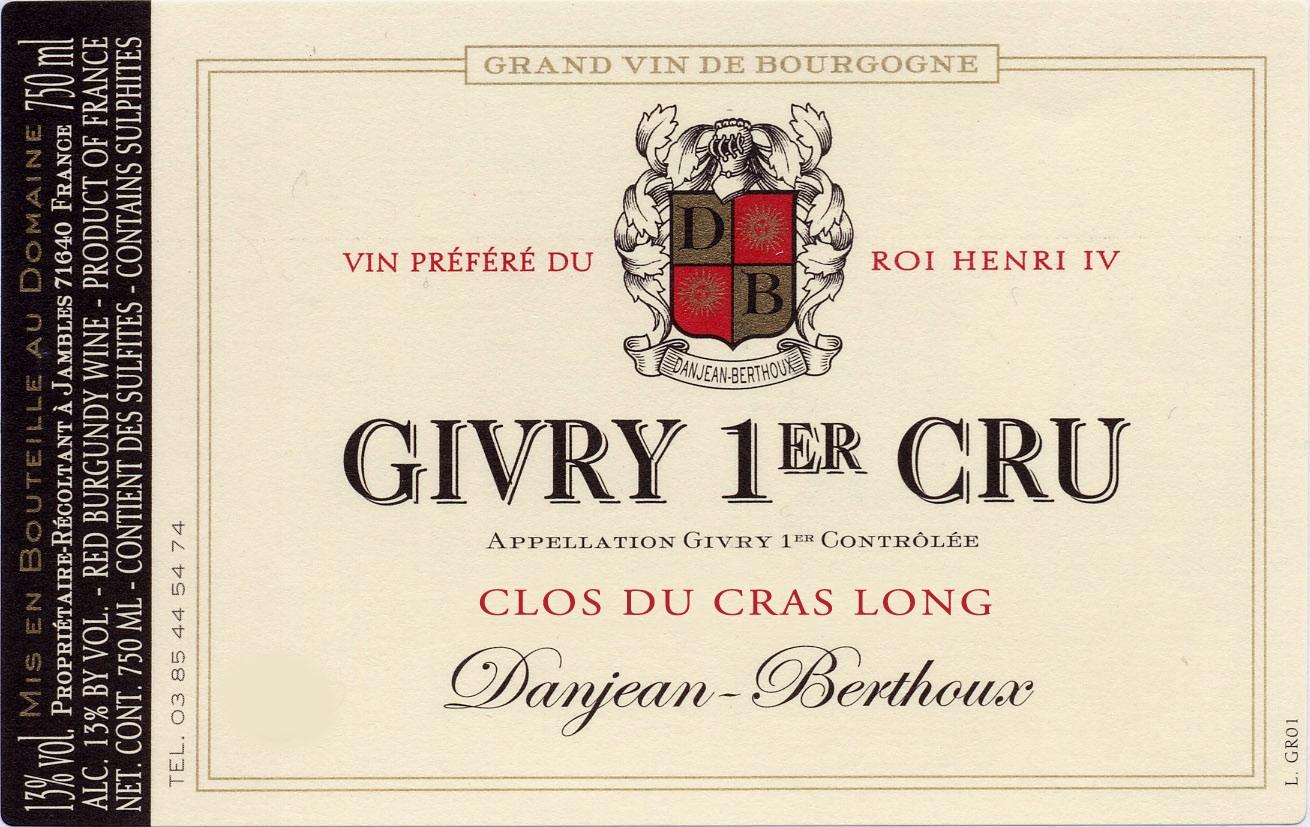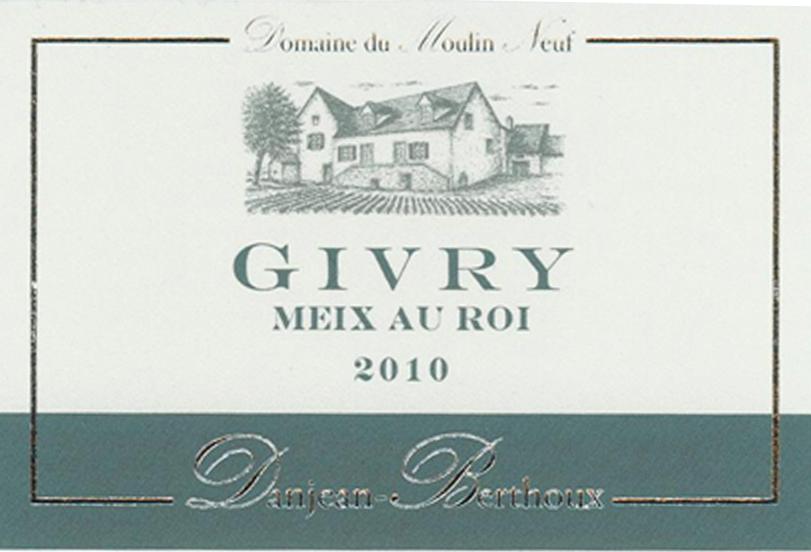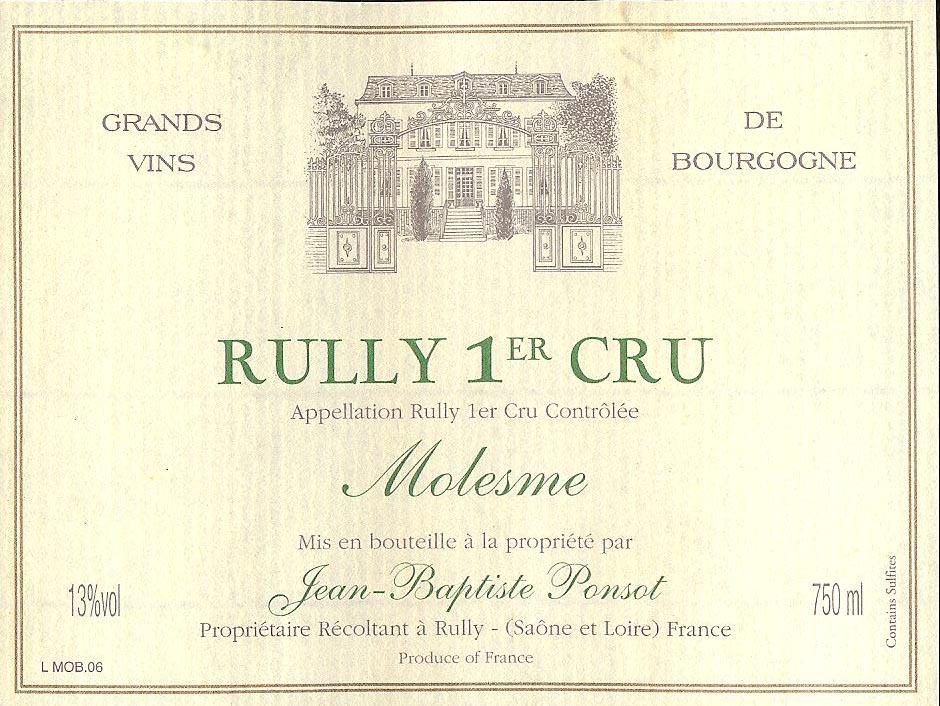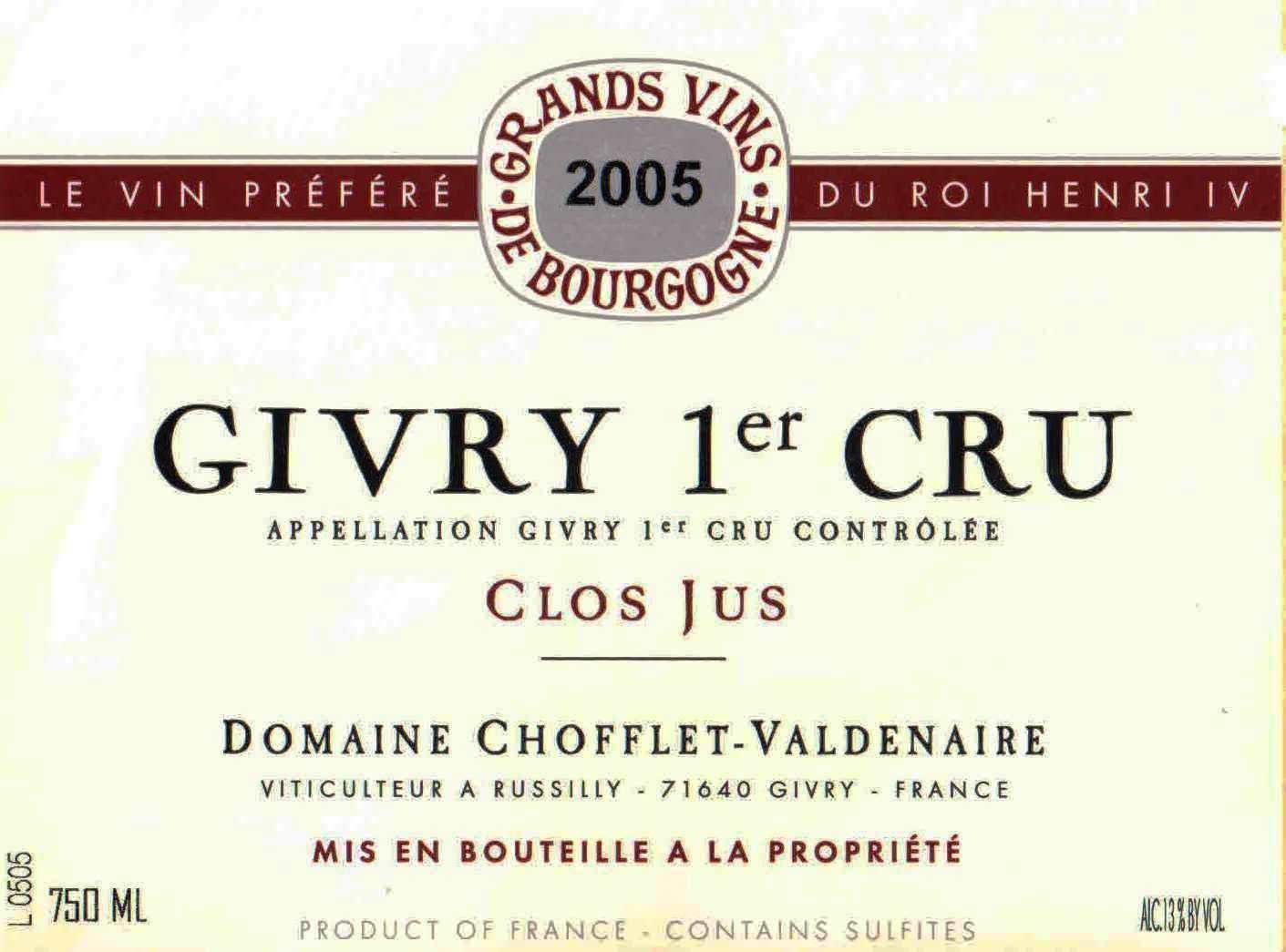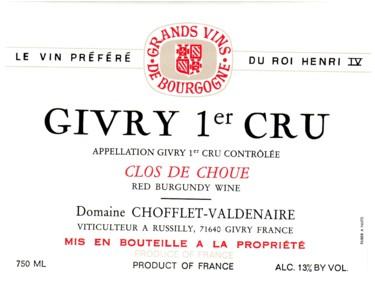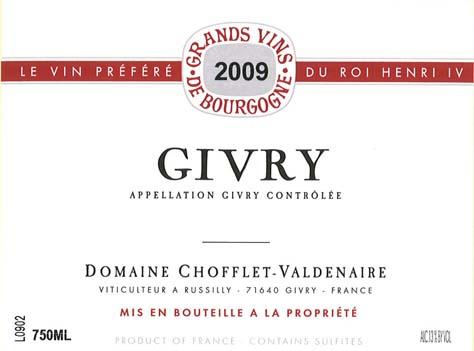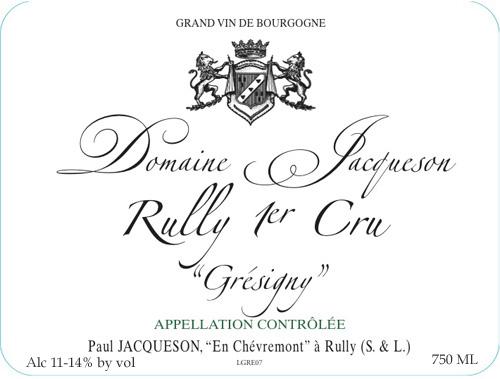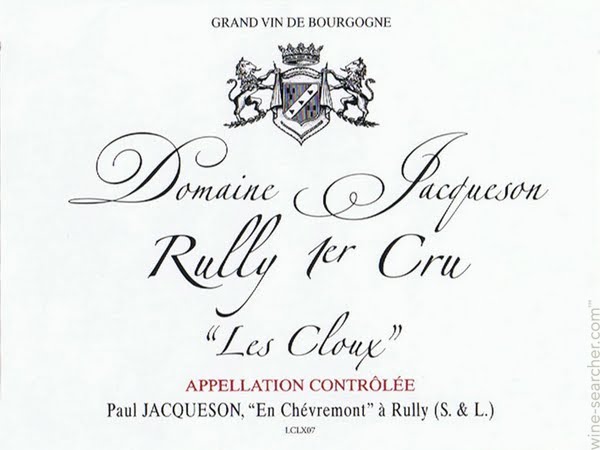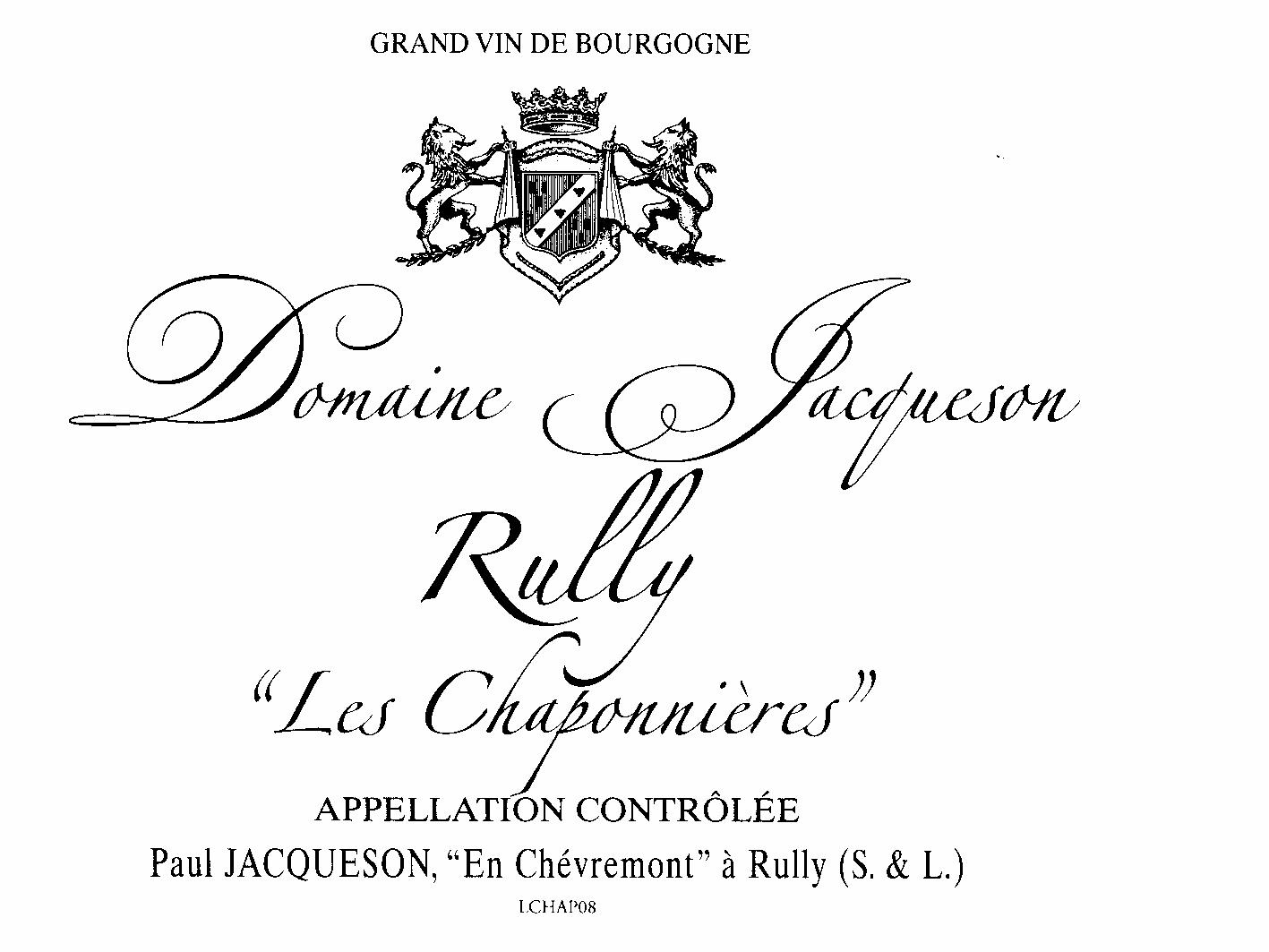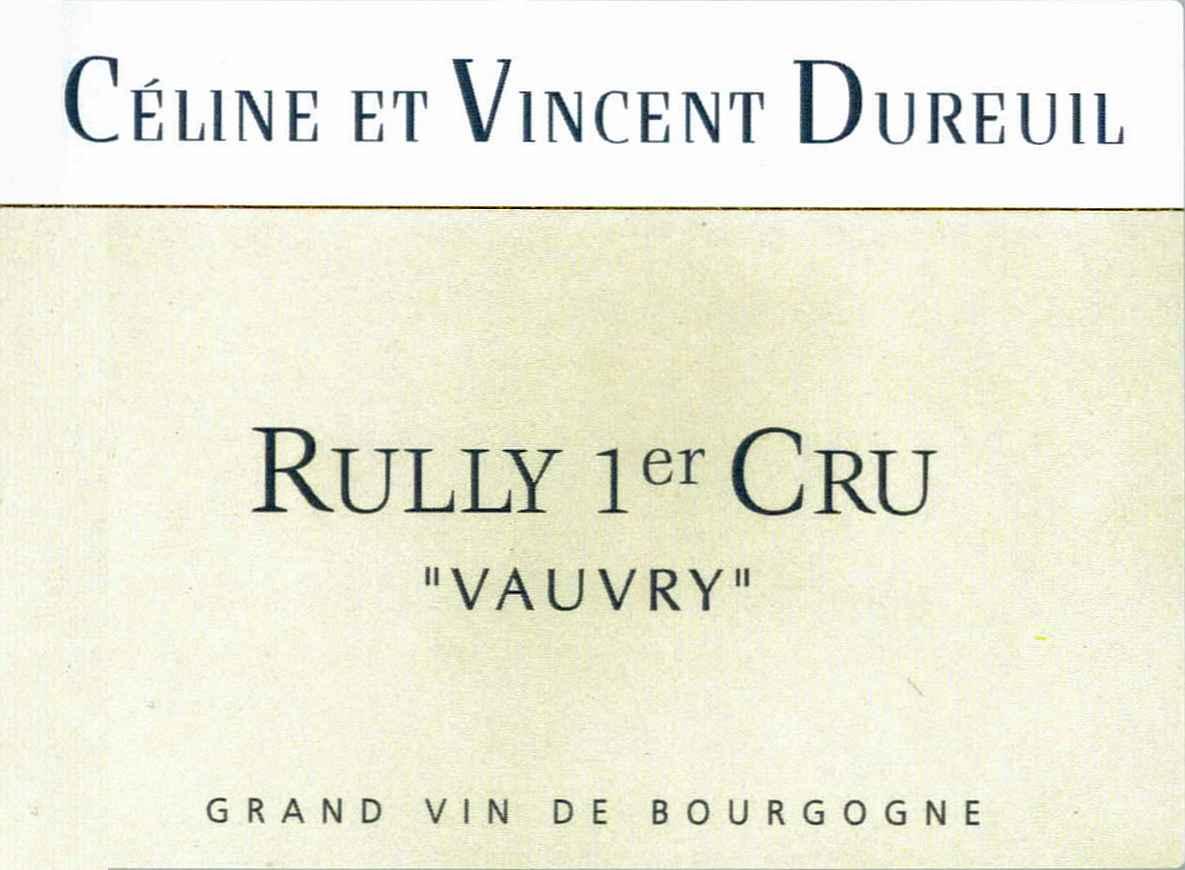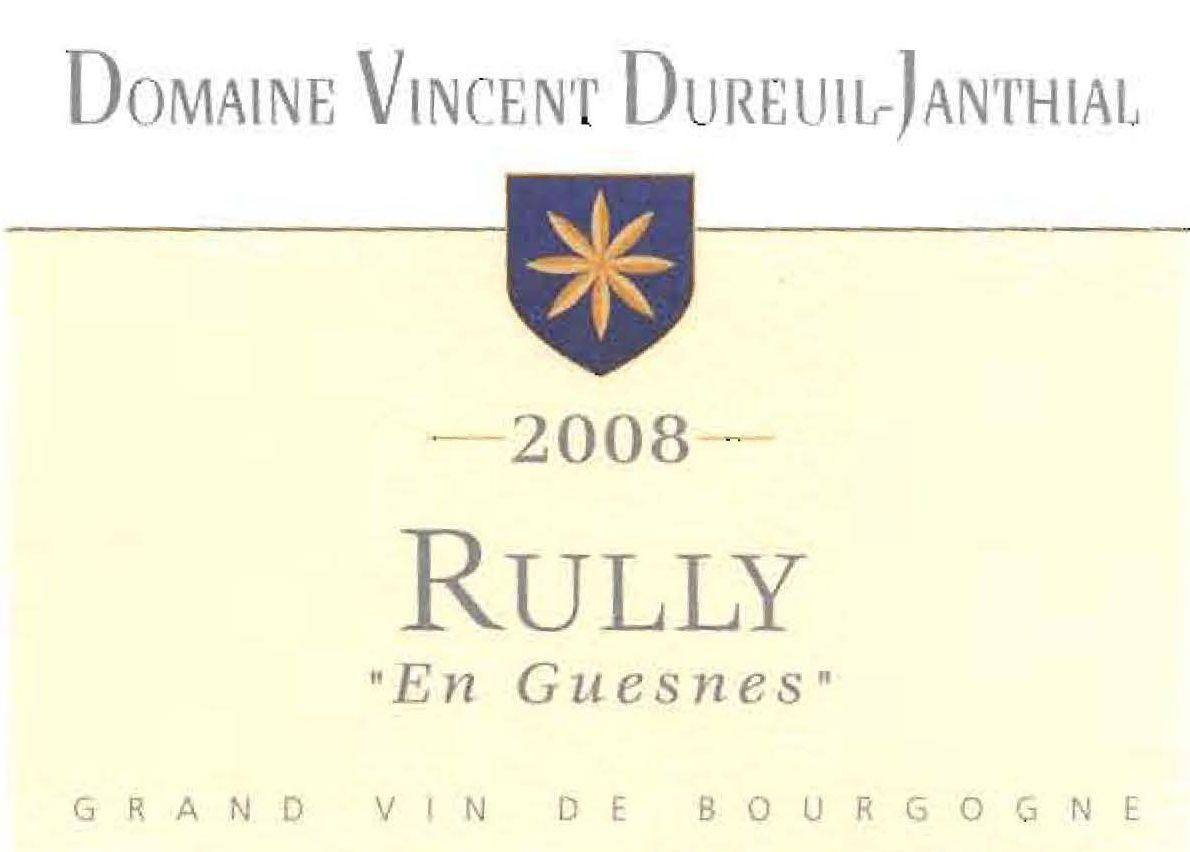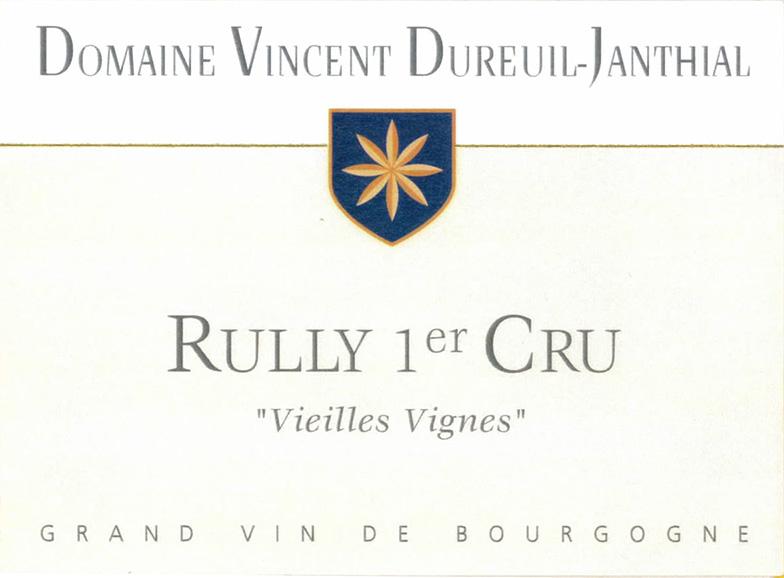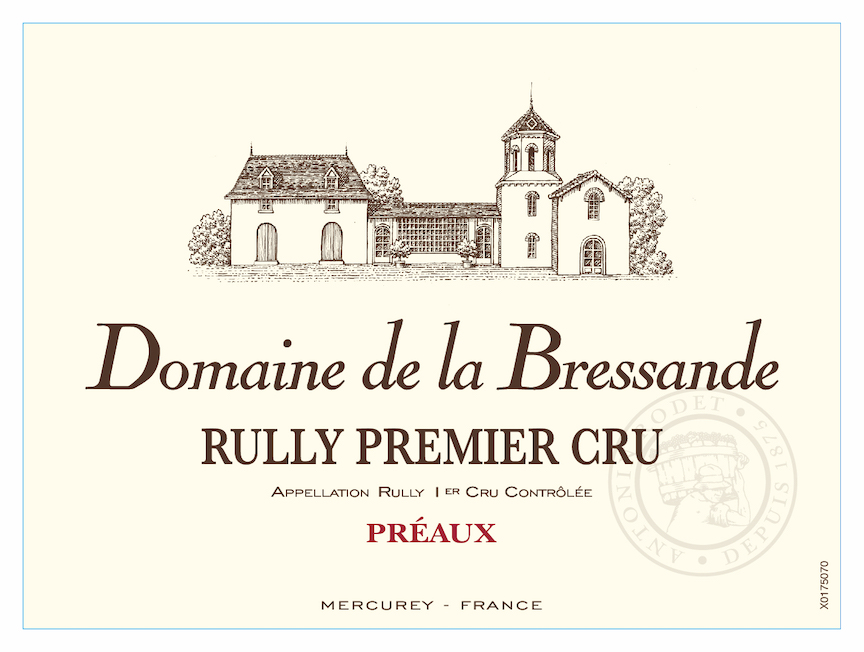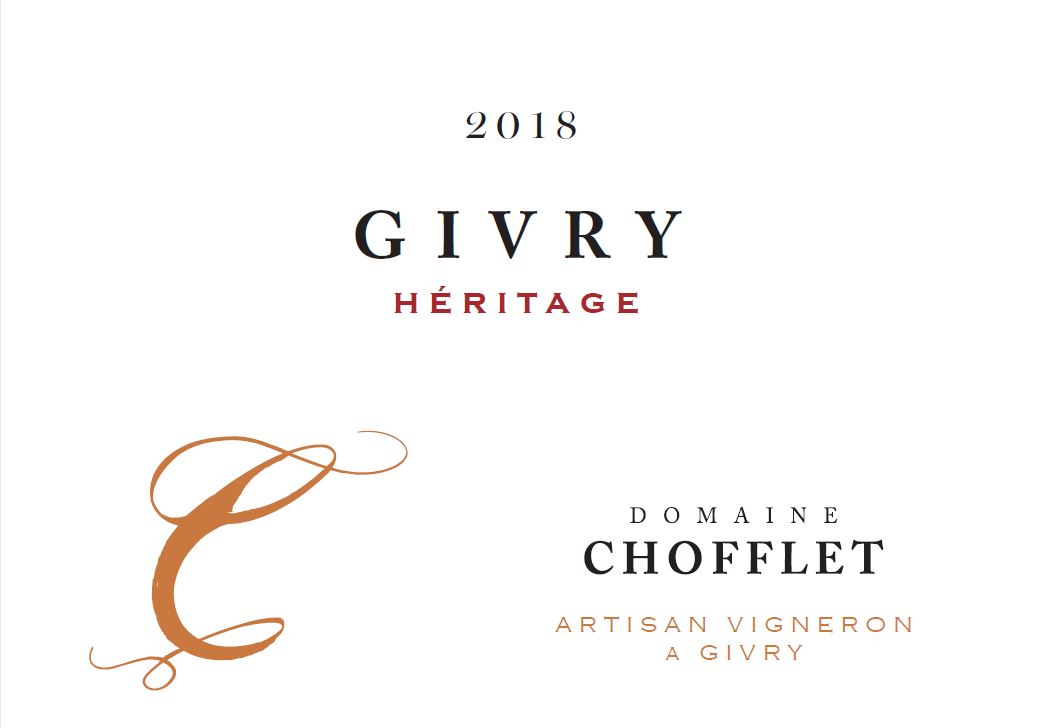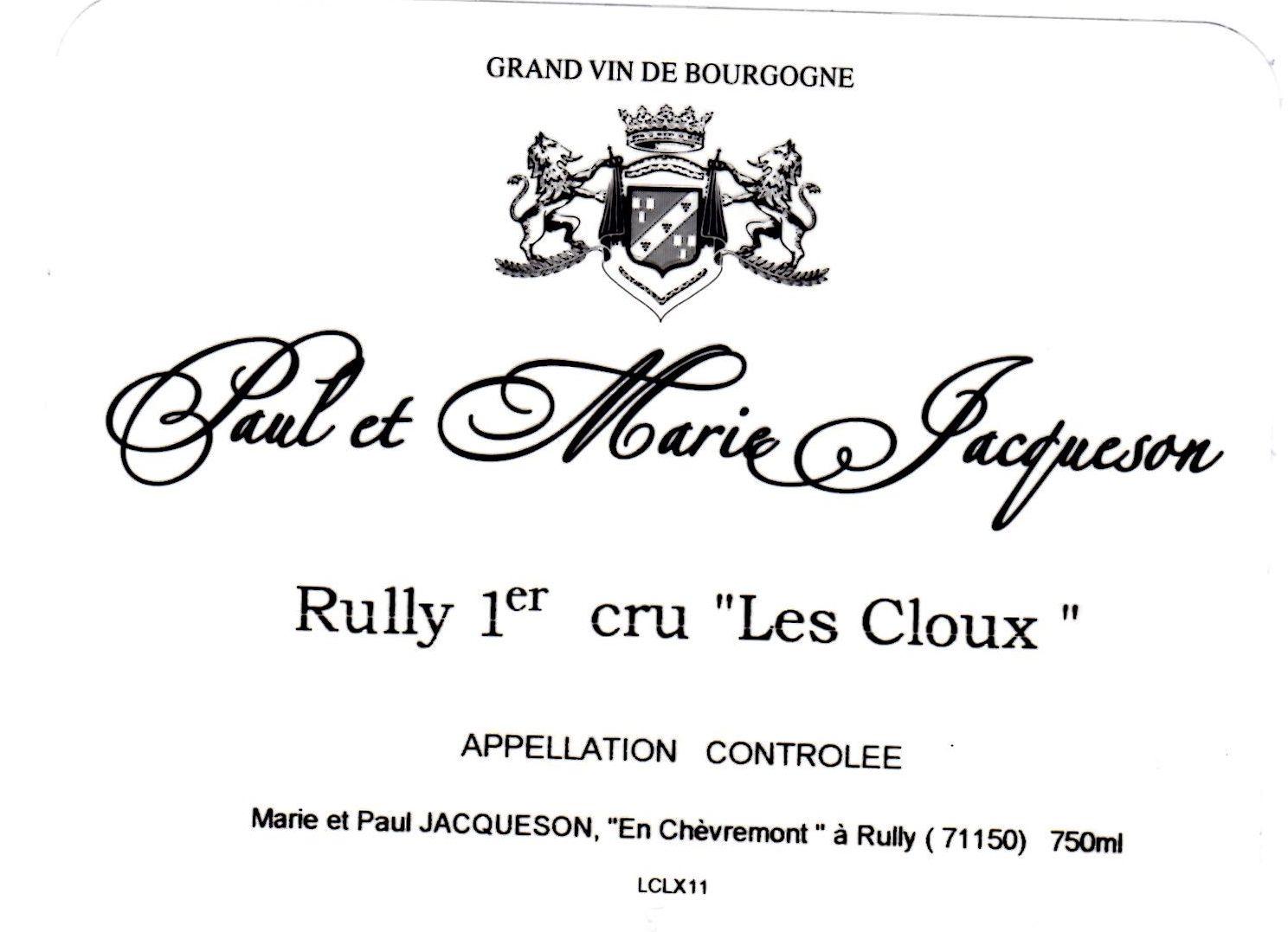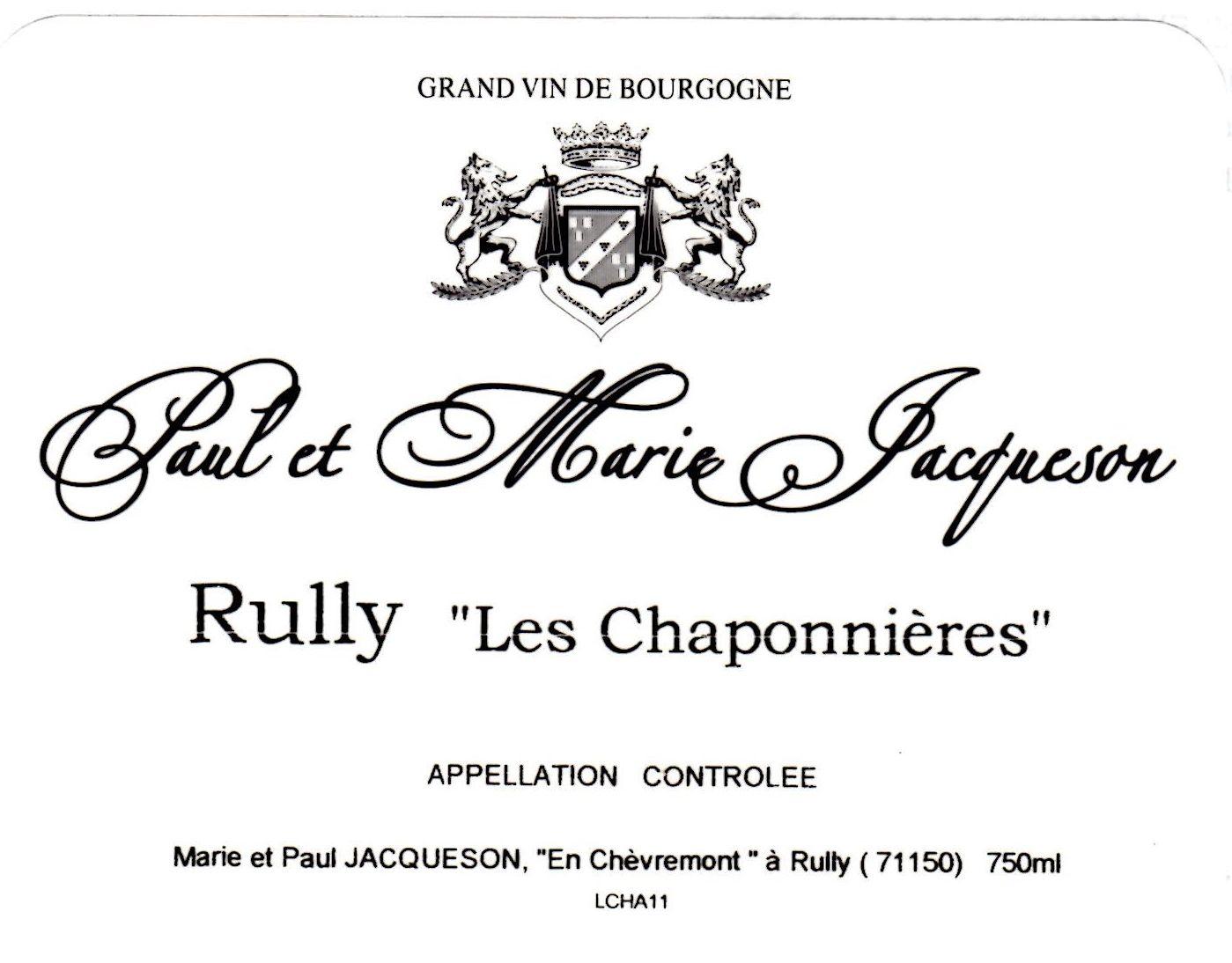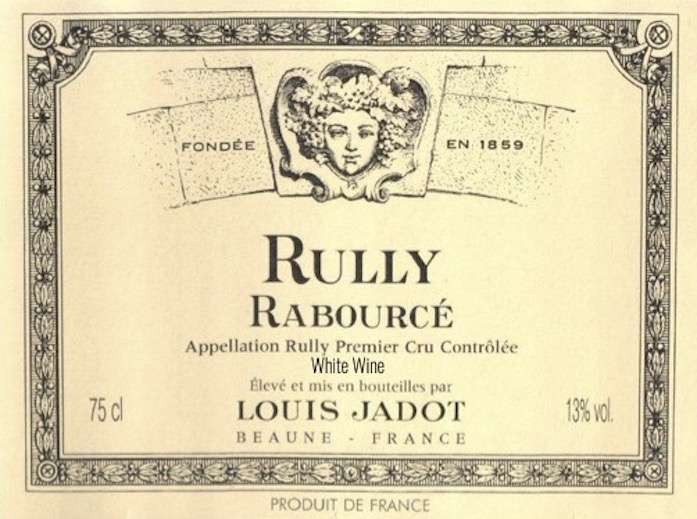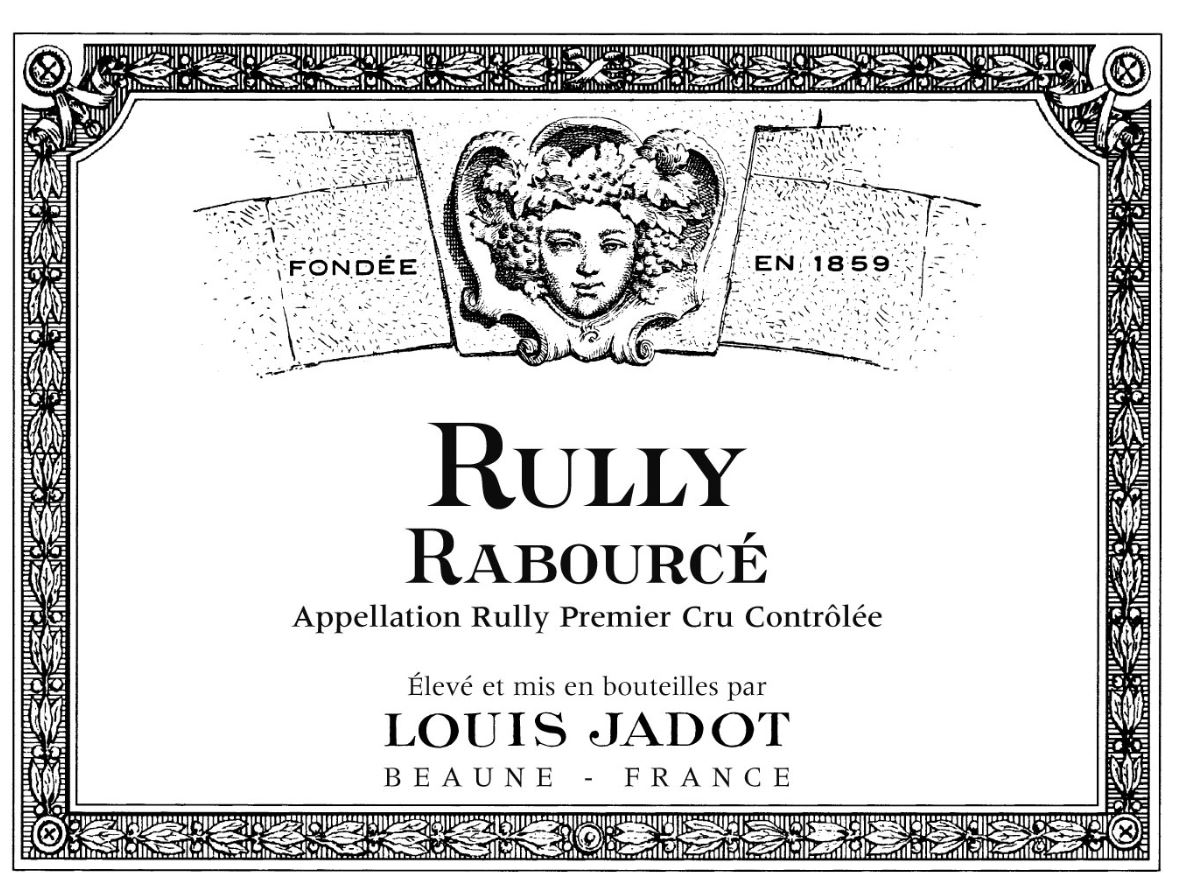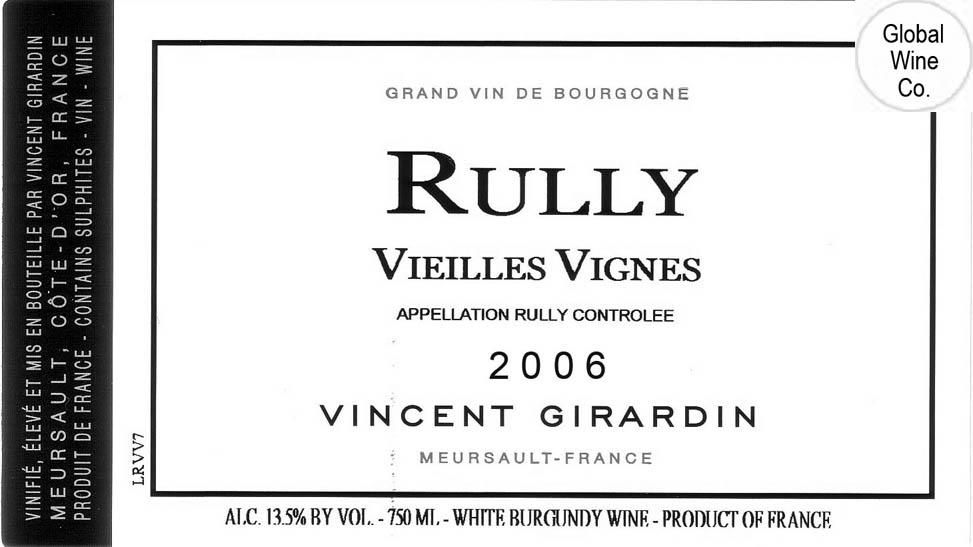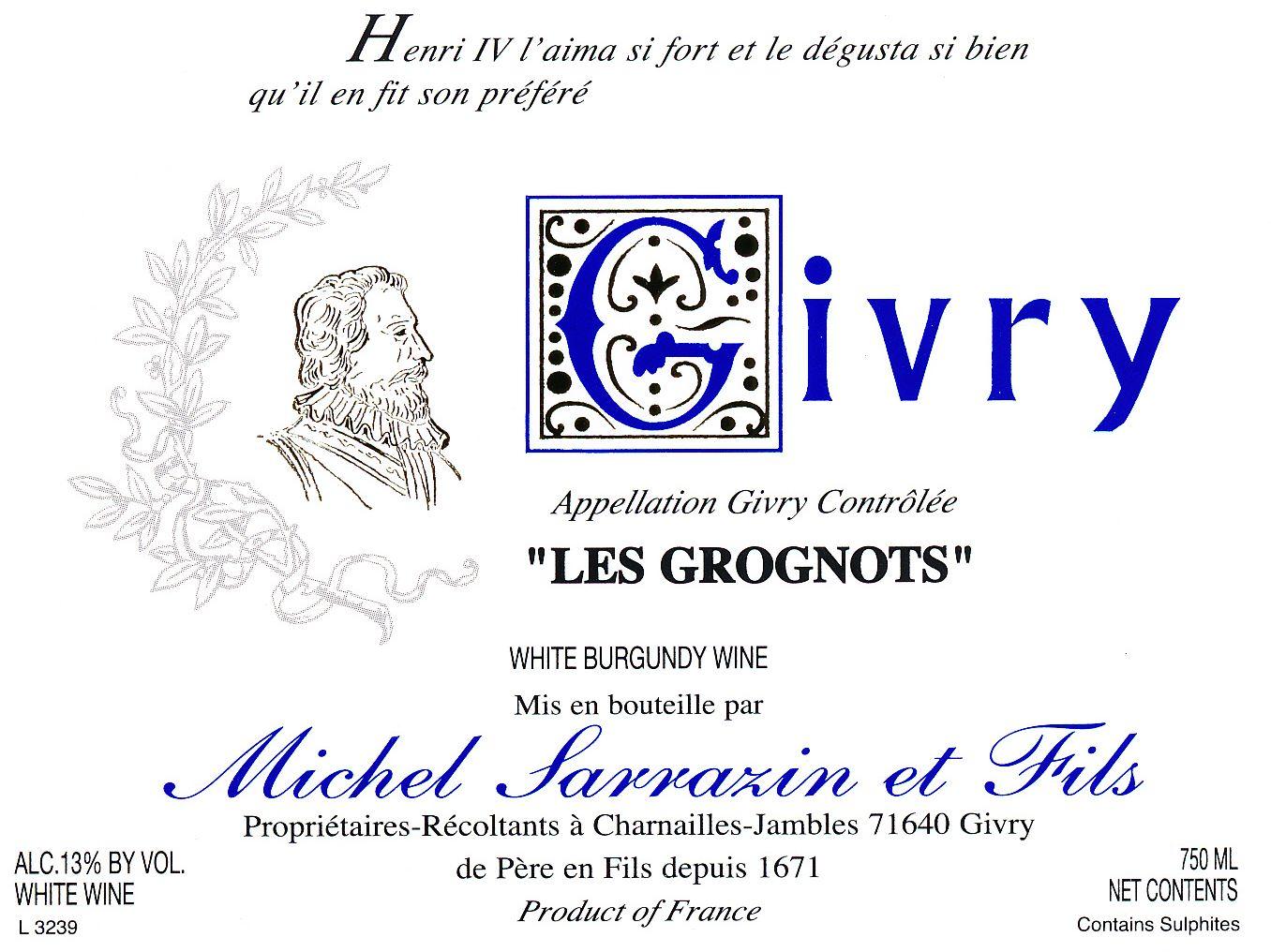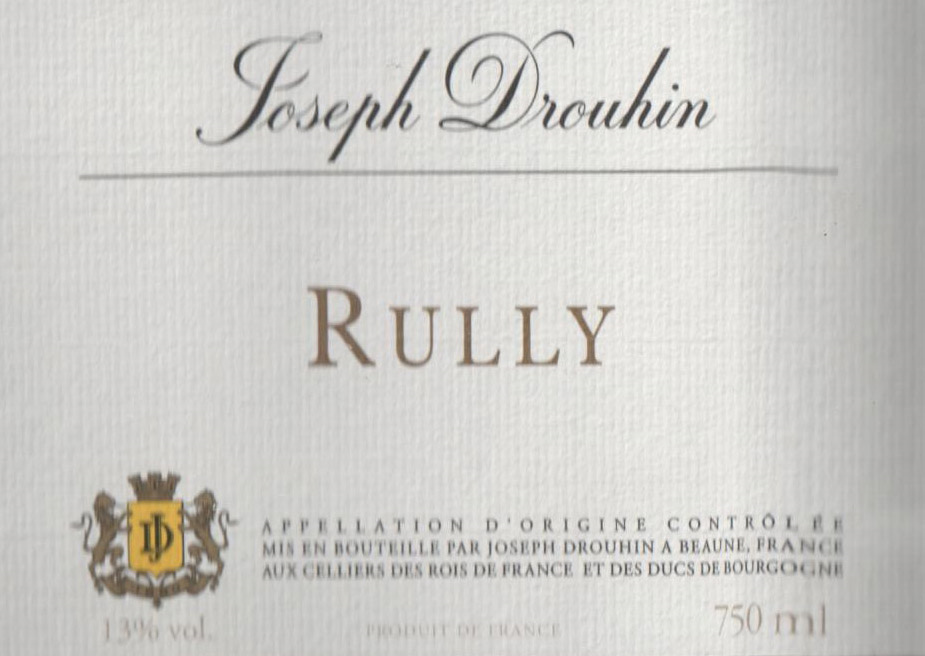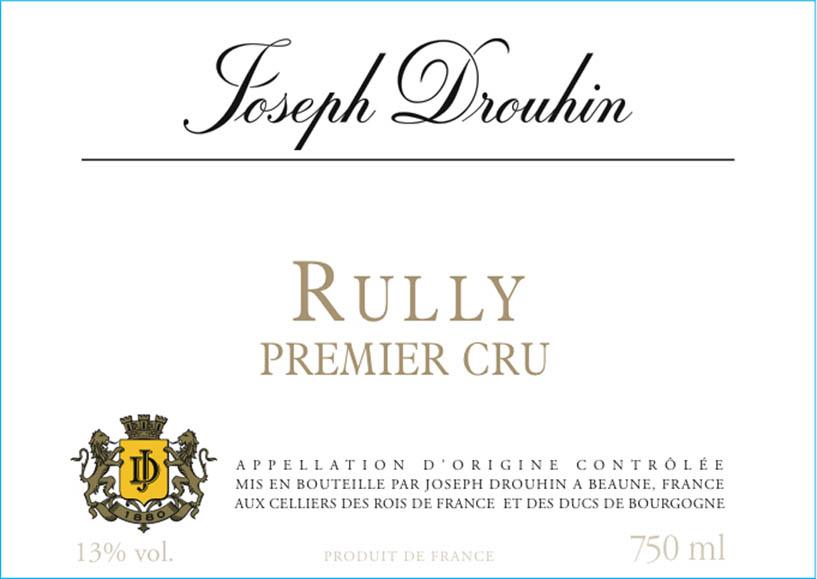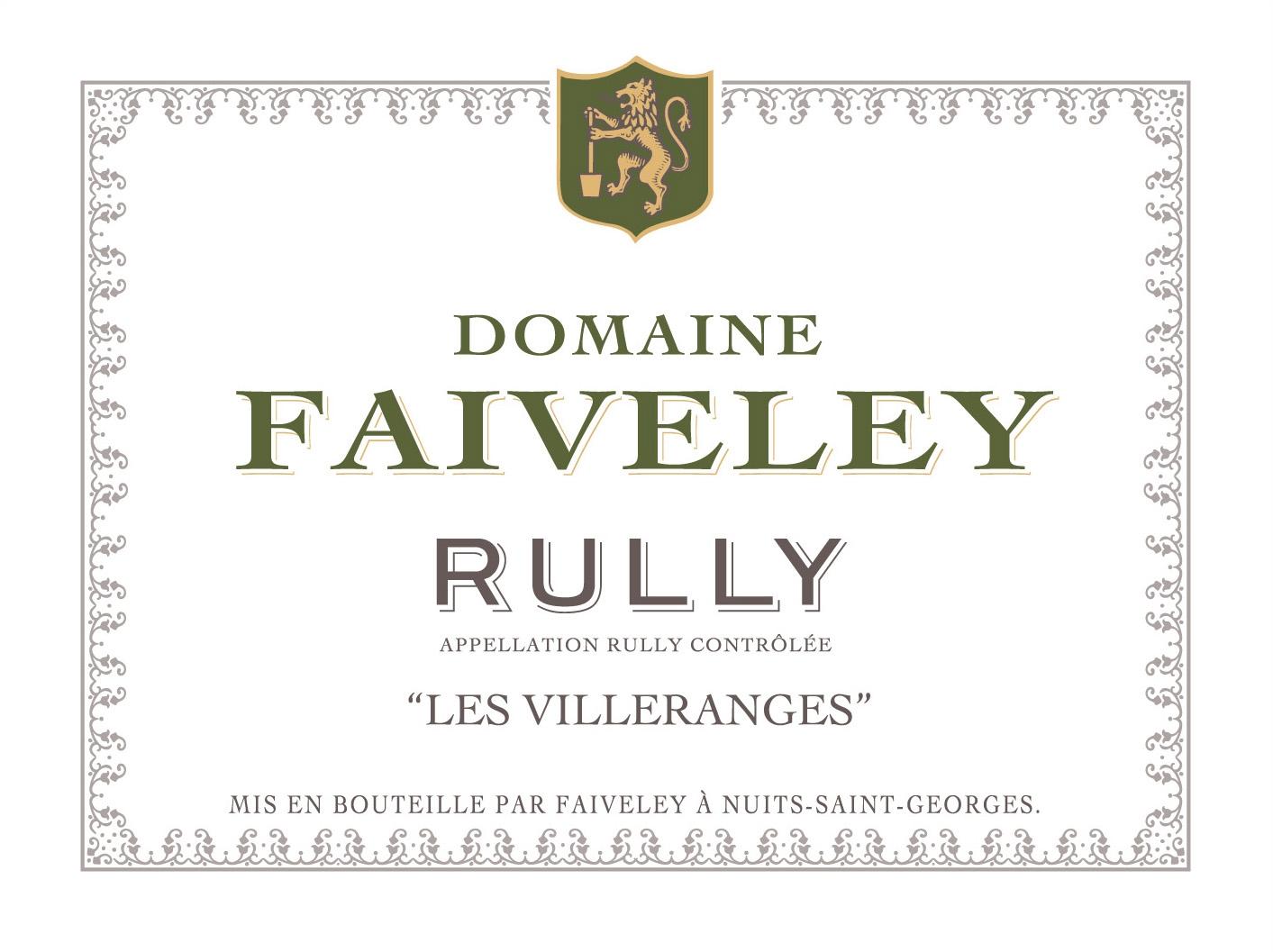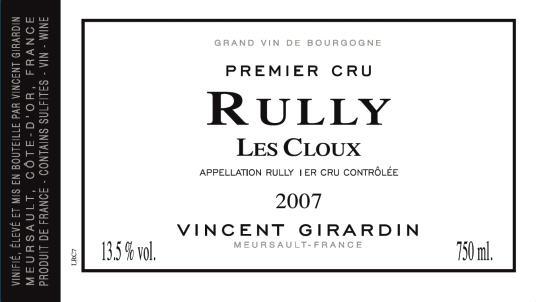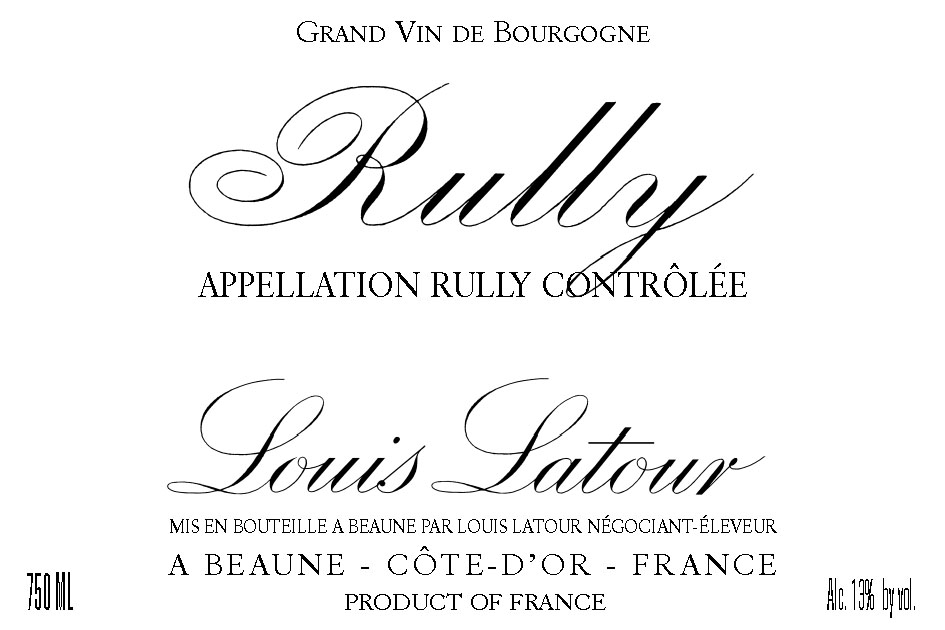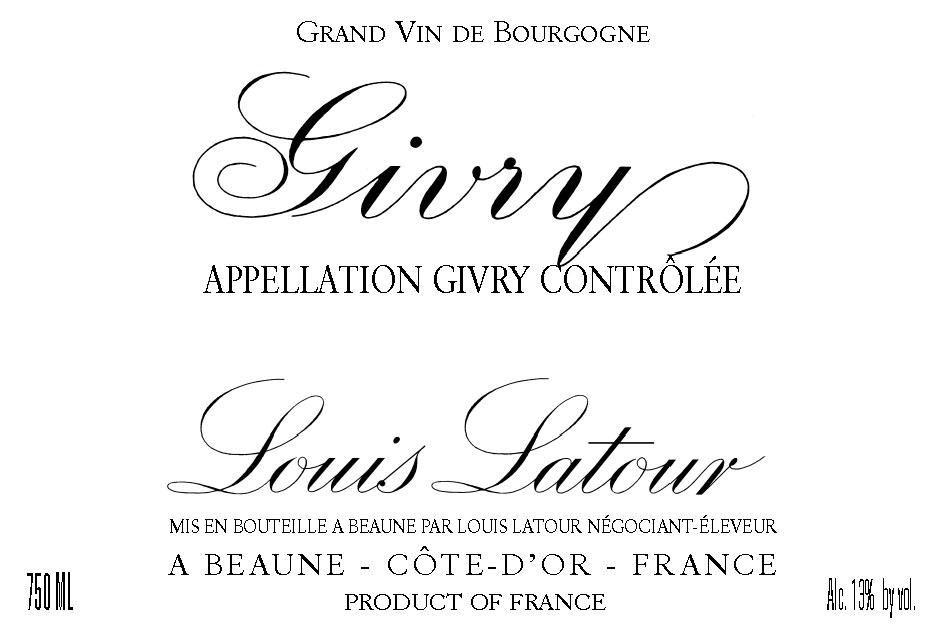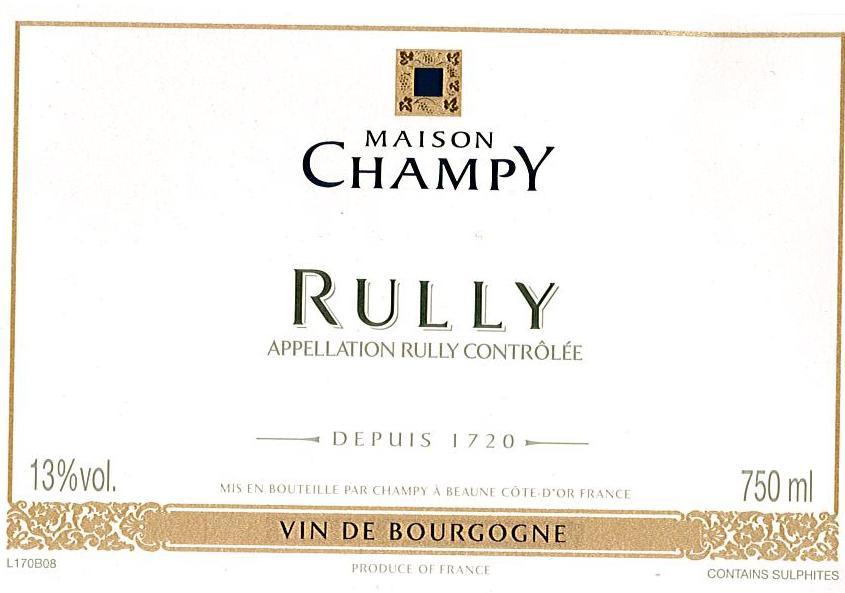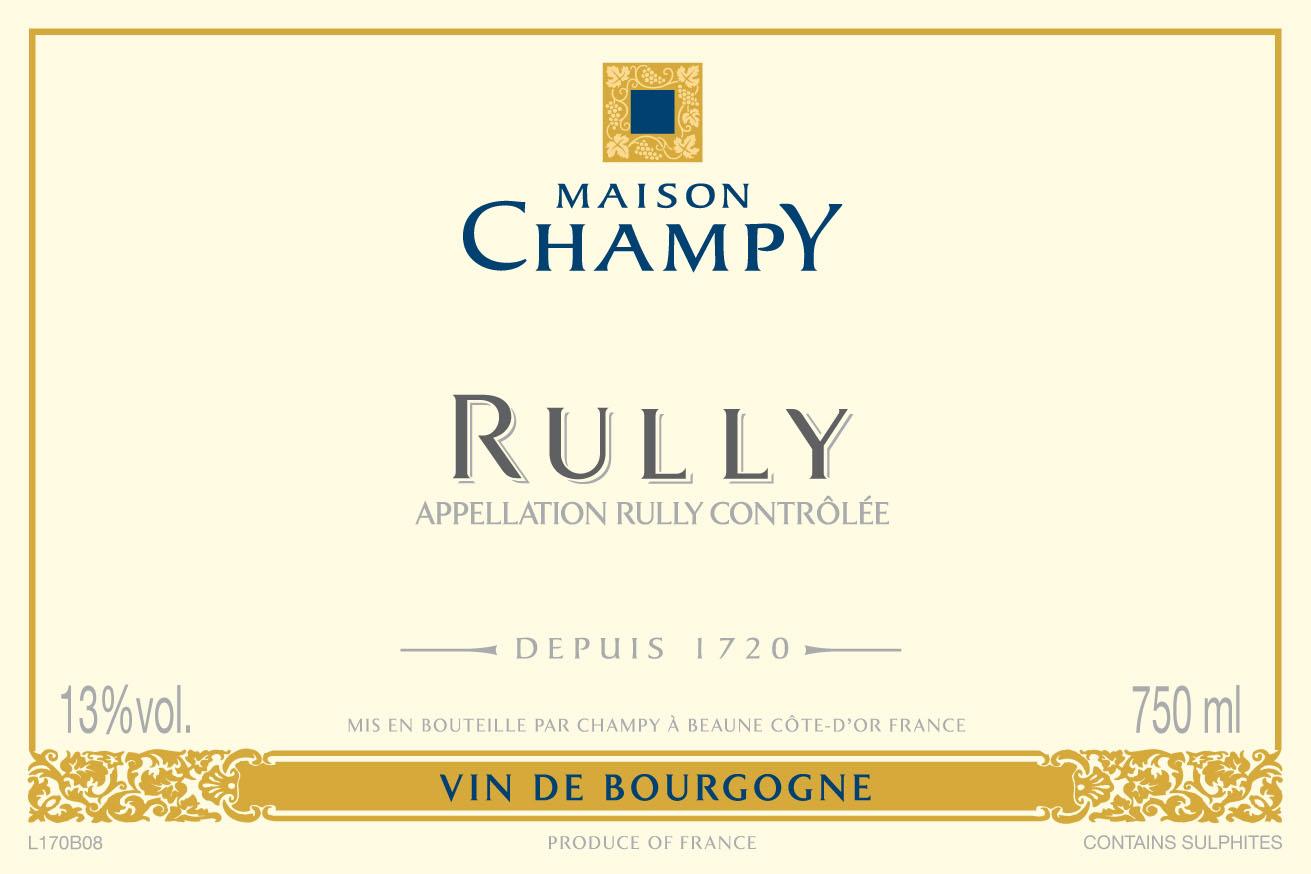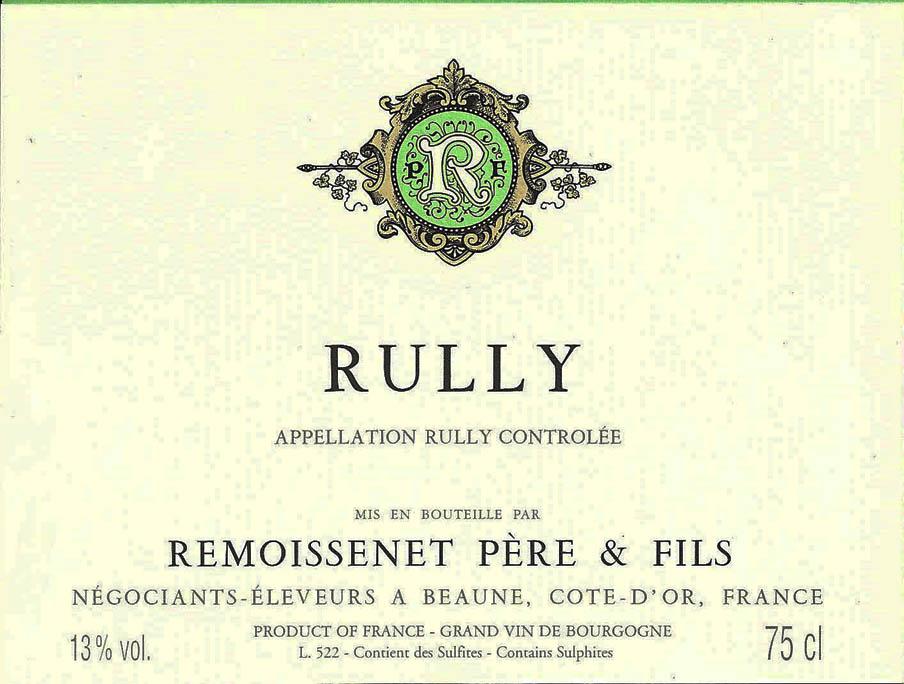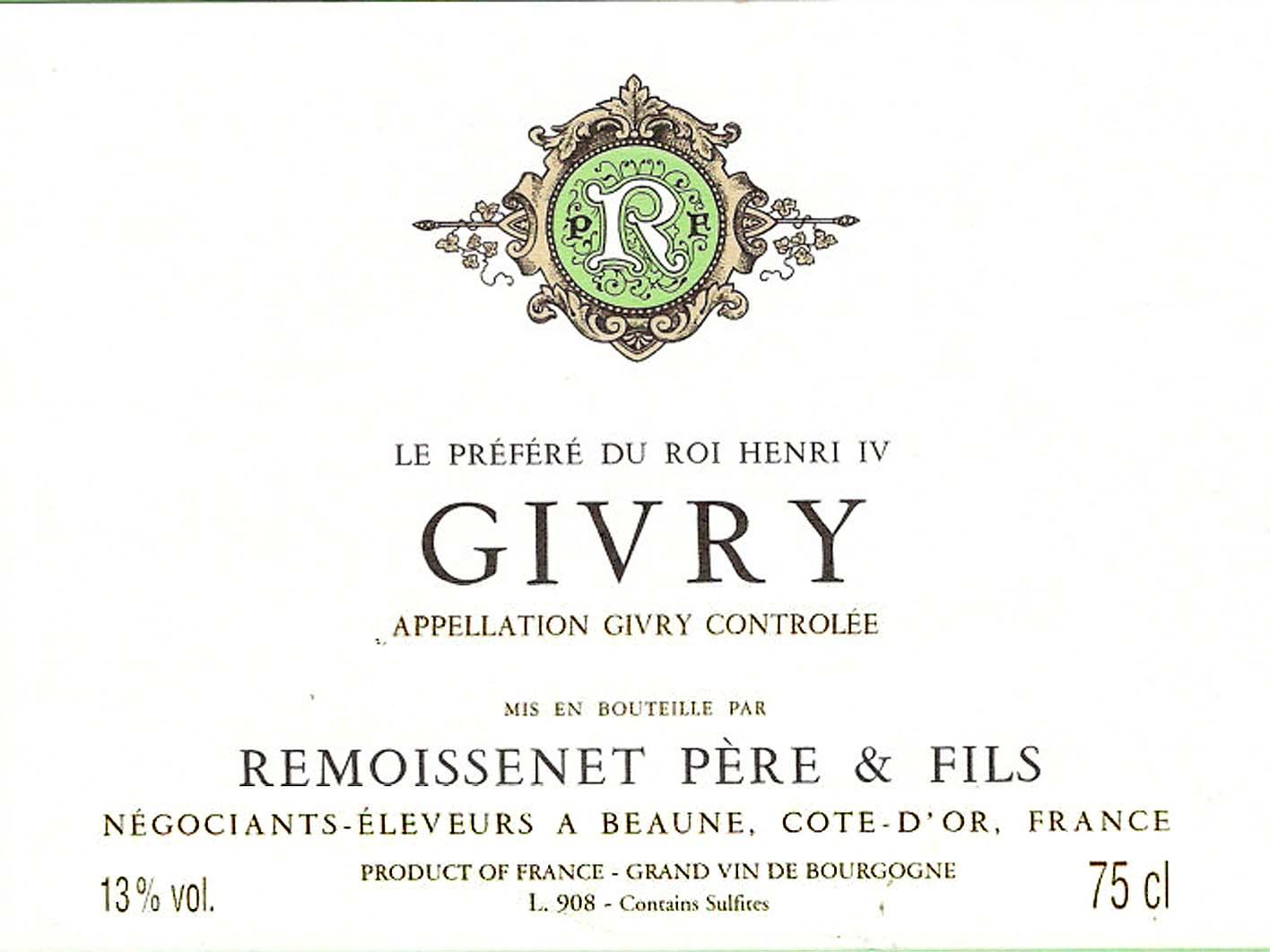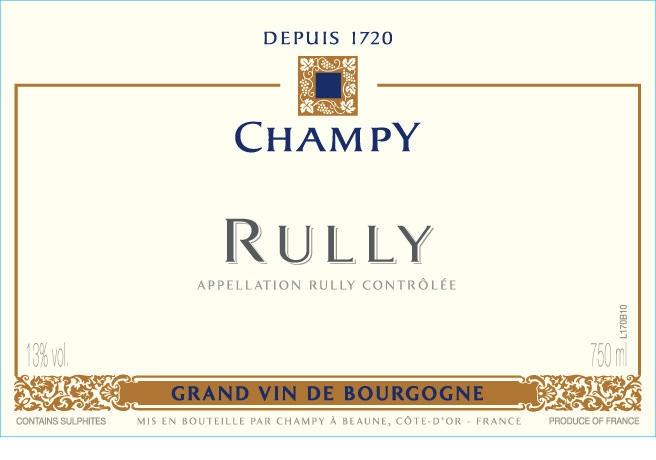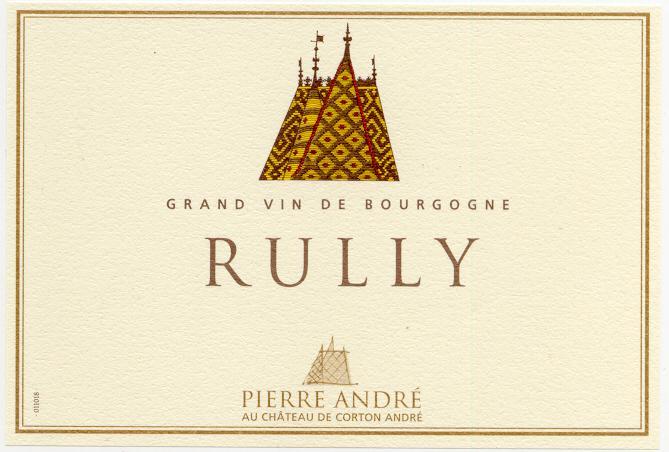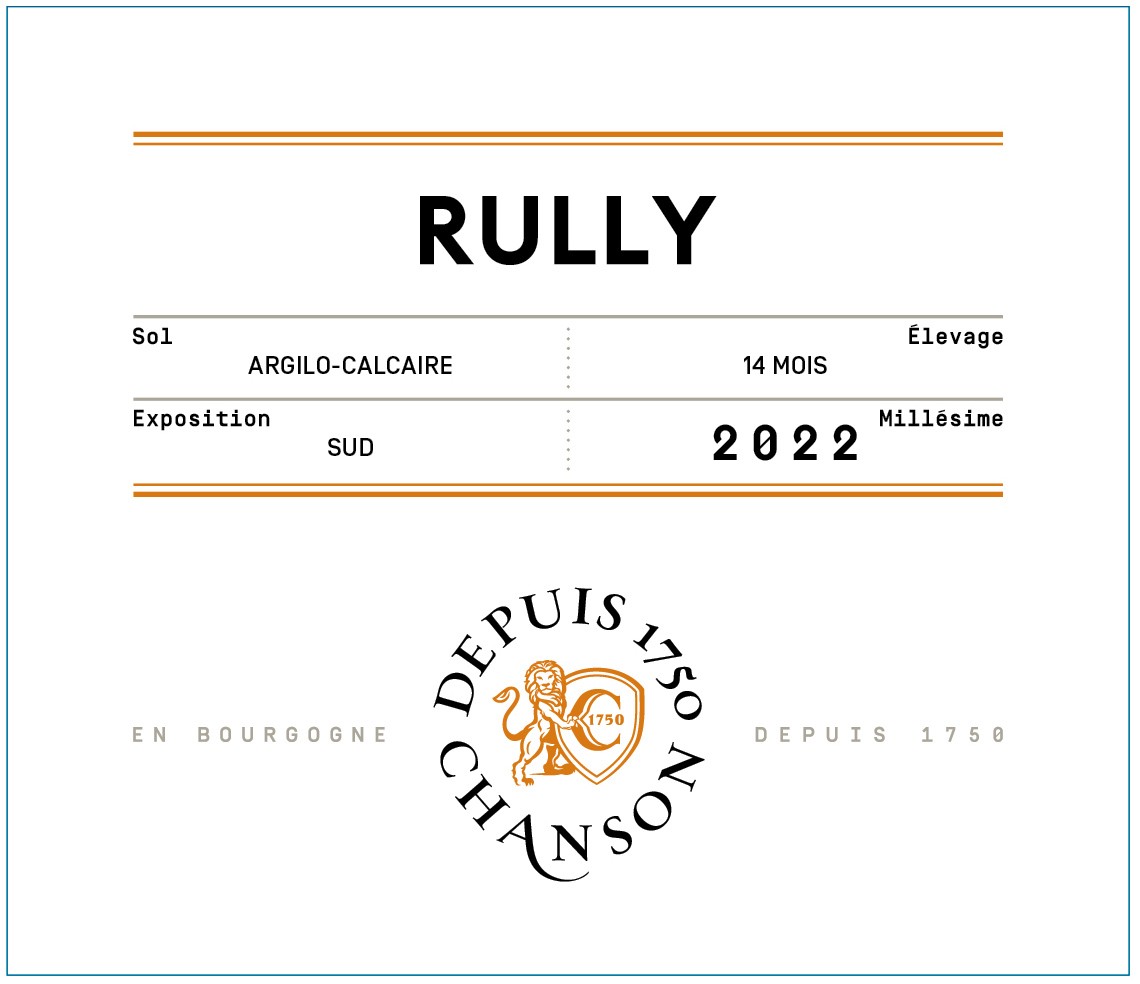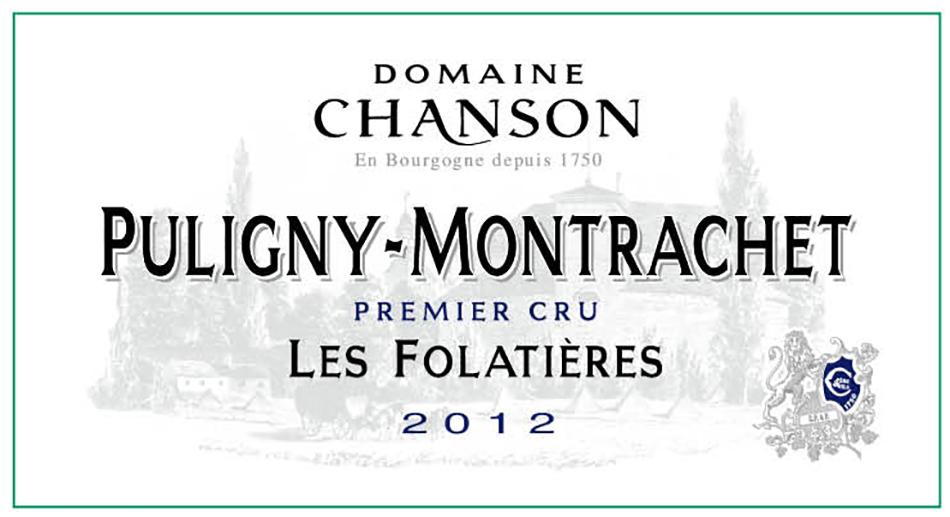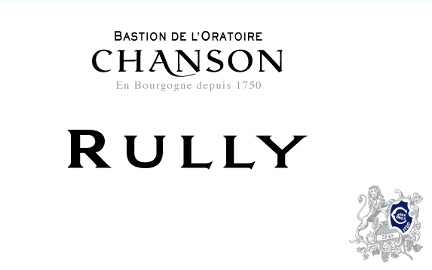Terroir of Côte Chalonnaise
The Côte Chalonnaise is known for its special terroir, which is an extension of the Côte d’Or ridge. The vineyards grow on Jurassic limestone and marl, a classic Burgundy soil mix. This soil varies in depth and composition, affecting how it holds water and drains. Vineyards on rockier, south or southeast-facing slopes produce wines with balanced acidity and minerality. In contrast, areas with deeper clay-rich soils retain more moisture, influencing the wine's body and flavor.
The region has a continental climate with cold winters, potential spring frost, and warm, often dry summers. Being exposed to western influences, it is slightly cooler than the Côte d’Or, sometimes bringing autumn rains. Despite these changes, the summer warmth ensures grapes ripen well, producing wines with fresh acidity and a firm mineral edge, even in warmer years.
Notable Wineries in Côte Chalonnaise
The Côte Chalonnaise, an enchanting wine region in southern Burgundy, offers a diverse array of notable wineries that excel in crafting both traditional and innovative wines. Here are some key players:
-
Domaine de Villaine: Located in Bouzeron, renowned for producing exceptional Aligoté wines with a distinctive citrus-herb profile.
-
Domaine Faiveley: Situated in Mercurey, celebrated for their robust and age-worthy Pinot Noir and Chardonnay wines.
-
Domaine Michel Juillot: Another Mercurey standout, known for its rich, complex red wines.
-
Chanzy: Based in Rully, this independent domaine is acclaimed for its expressive wines that highlight the region's terroir.
-
Vignerons de Buxy: A pivotal cooperative in the region, offering a broad selection of high-quality wines at approachable prices.
Sustainable Winemaking in Côte Chalonnaise
In the Côte Chalonnaise, sustainability has become a cornerstone of viticulture. Growers are increasingly adopting integrated and organic farming methods, such as using cover crops, natural composts, and minimizing synthetic inputs. This shift has seen many vineyards achieve organic or biodynamic certifications, with others earning HVE or Terra Vitis status.
Cooperatives and larger estates are actively reducing waste and energy use, sourcing materials locally, and exchanging knowledge on pruning, disease control, and soil care. Water conservation in cellars is also a priority. These efforts aim to highlight the region's unique terroir while reducing environmental impact, all while preserving the traditional Burgundian essence. This collective commitment ensures that Côte Chalonnaise remains a beacon of sustainable winemaking.
Wine Tourism in Côte Chalonnaise
Wine tourism in Côte Chalonnaise offers a blend of scenic routes, cultural landmarks, and immersive wine experiences.
The region's picturesque vineyards can be explored via the “Voie Verte” greenway, connecting Chalon-sur-Saône to Mâcon, and passing through charming villages like Rully and Mercurey.
Visitors can enjoy tastings at welcoming spots such as Vignerons de Buxy and Domaine Chanzy, with some locations offering both scheduled and walk-in tastings.
Cultural enthusiasts can explore historical sites like the medieval Château de Couches and Château de Germolles. In Mâcon, the Cité des Climats et des Vins provides educational exhibits on the region's terroir and grape varieties.
Local festivals celebrating varieties like Aligoté and Premier Crus offer an authentic wine-country experience. Many small domaines collaborate with local B&Bs, providing vineyard tours and relaxed stays, highlighting the region’s commitment to sustainable and authentic wine tourism.
